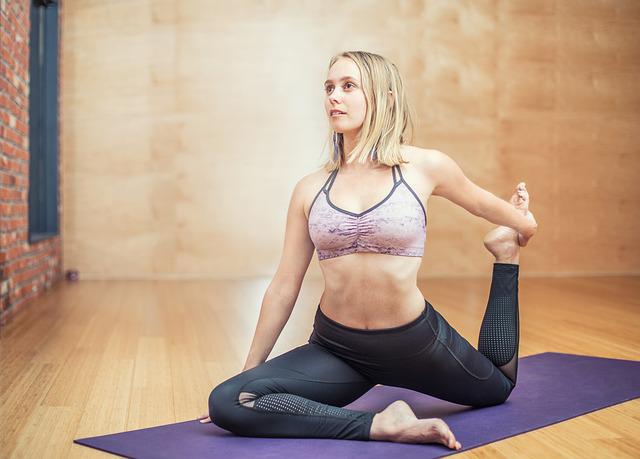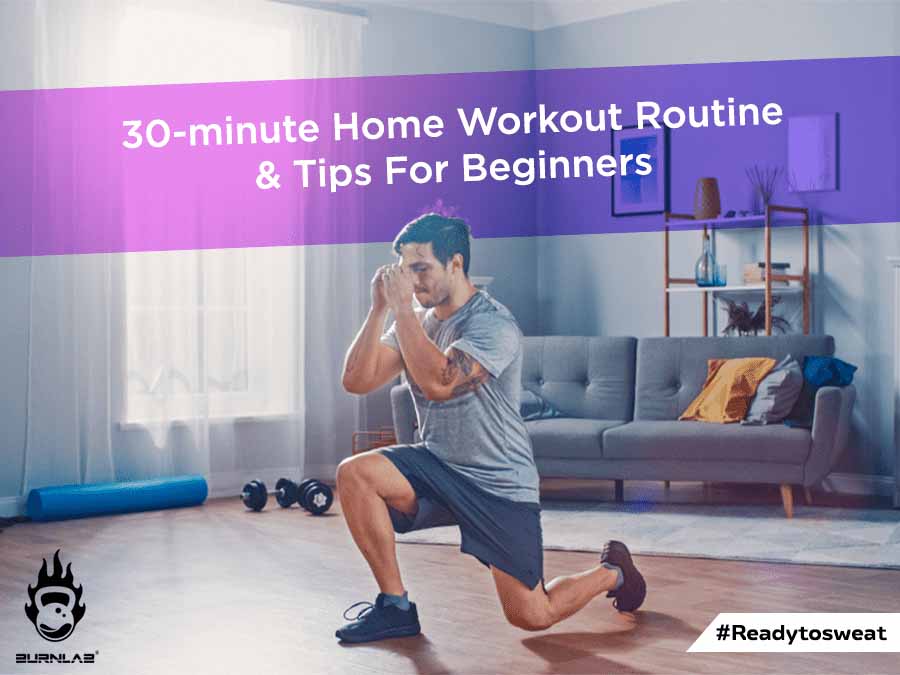
Compound movements are the best focus for beginners. This allows the muscles to do more work without being overworked. It is important to allow your body at least 48 hours between workouts. A beginner shouldn't work on each muscle separately. This will not only slow down the body's response to muscle building but will also cause longer recovery times. These exercises are ideal for beginners since they target multiple muscle group simultaneously and can be applied efficiently to the entire body.
Here are 10 top full-body exercises that beginners can do
Beginners should avoid complicated moves and focus on full-body workouts that will engage all muscle groups. Also, it is important not to strain your body and to stop whenever you feel discomfort. Your body will need to be stretched after a workout. For beginners, it is important to stretch properly after working out in order to prevent injury.
You don't need any equipment to do full-body exercises. They take about 30 minutes. These exercises can help you lose fat and calories, as well as increase your stability and tensegrity. Full-body workouts make it easy to target multiple muscle types at once.
Focus on the compound movements
For beginners, it's important to focus on compound movements, which are movements that involve more than one major muscle group. Compound movements save you time and energy because they engage more muscles at once. However, they can be intimidating to beginners because they require coordination and good form. Here are some tips and tricks to improve your form.

Carry is a great exercise for beginners. You can work all the major muscle groups including your shoulders and arms. It can be done with dumbbells, or a barbell. Try to do this exercise standing up, as this is the best way to hit all three deltoid heads.
Avoid back pain while doing full-body exercises
If you don’t have the knowledge to prevent pain from full-body exercises, they can be painful. To prevent pain, you must use the correct form and weights. A bench or wall can be used to support your body. Try to keep your head and shoulders off the floor while you extend and lower your body slowly. This can prevent back pain.
Upper-body lifts train large muscles in the back. You need to be careful not to put unnecessary strain on your back, muscles, ligaments and joints. Do at least six repetitions of each exercise and do two sets. You should also do the exercises semi-reclined if you have lower back pain.
Begin with a 3-day program
Do three days of total body exercises every week to get the most from your workout. This will allow you enough time to recover from your workouts. An ideal split would be Monday through Friday with a rest day in between. The weekends are a time to relax and recover, so make sure to schedule those days off wisely. But, life isn't always predictable. Sometimes, you may need to miss a day at your gym because of an unplanned event. This is normal.
It is essential to warm up before you begin working out. Heavy lifting is not recommended for beginners. Mobility exercises, which focus on the hips and knees as well as the shoulders, are essential. Remember to maintain a correct form and not compare yourself to more experienced lifters. Keep in mind that the more you practice, you'll improve.

Reduce repetitive motion injuries by performing full-body workouts
For beginners, full-body exercises can be used to prevent repetitive motion injuries. These injuries are very painful and can affect your daily activities. Examples of repetitive motion injuries are tendinitis and bursitis. These conditions are caused by inflammation of the joints due to repetitive motion exercises or overuse. They can affect any joint, including the knee and ankle. Tennis elbow, runner’s knee and swimmer’s shoulder are other examples of repetitive motion injury.
Repetitive Motion is the leading cause for RSIs. Repetitive movements are required in many activities. Swimming can cause repetitive motion injuries. They should improve their form and strengthen the core muscles to avoid these injuries.
FAQ
What is exercise good for?
Exercise is a great way to lose weight, increase your energy, lower stress levels, strengthen your muscles, and improve your sleep quality. Exercise can improve mood, self-esteem and productivity as well as reduce the risk of developing heart disease.
Do I need warmth before I exercise?
Warming up before an activity reduces muscle soreness and improves performance. You can use several methods to warm up: walking, running, jumping rope, stretching, and cycling are just a few examples. Start slow and slowly increase your pace.
Can I eat when I'm working out?
Yes. Yes. Make sure you choose low-calorie snacks such as watermelon, carrots, celery, apples, bananas, and grapes. These foods are high in nutrients, which can improve your performance during training.
Are there any exercises that I shouldn't do or should I?
Before you start any new exercise routine, it is important to consult your doctor. You might have injuries or conditions that make it impossible to do certain types of exercise. Certain activities require special equipment and training. For example, swimming requires a swimsuit and pool access.
Which Is More Important: Exercise or Diet?
What you are looking to accomplish will determine the answer. Diet is key to losing weight. If you are looking to build muscle mass, however, exercise is the best option. The last factor is sleep, which only impacts how well you perform during your day.
Statistics
- Globally, 81% of adolescents aged 11-17 years were insufficiently physically active in 2016. (who.int)
- An estimated 110,000 deaths per year could be prevented (cdc.gov)
- In high-income countries, 26% of men and 35% of women were insufficiently physically active, as compared to 12% of men and 24% of women in low-income countries. (who.int)
- Physical activity confers the following maternal and fetal health benefits: a decreased risk of pre-eclampsia, gestational hypertension, gestational diabetes (for example, 30% reduction in risk) (who.int)
External Links
How To
How to Stay Fit at 40
This article is for those who want their body to be strong and healthy even after they turn 40. This article will provide basic advice on eating right, exercising, sleeping well, and taking care of your mental health. This article offers tips for living longer and more healthy lives.
-
Eat Right - The first thing you should do when trying to stay fit is to ensure you're eating the right foods. You should avoid processed food products. Instead, eat whole foods, fruits, vegetables. Do not eat what you don’t like. You can add another food to your daily diet. Don't starve yourself; this won't help you lose weight. Start incorporating small amounts of new foods into your daily diet. If you normally only eat chicken breasts, you might consider adding turkey to your weekly meals. You might also enjoy rice if you like pasta. You can make these foods a regular part of your daily diet.
-
Exercise – Make sure you exercise at least 3x per week. Ensure you include cardio activities such as walking, running, swimming, biking, dancing, etc. Make sure to get enough rest. It is recommended that you sleep for at least 8 hours each night. It is important to drink enough water throughout each day. Drink 2 liters (0.5 gallon) of water each day.
-
Get enough sleep to stay healthy. The National Sleep Foundation states that adults need 7-8 hours sleep per night to be in good physical and mental health. However, most people average less than 6 hours of sleep per night. If you find that you are constantly tired throughout the day, try making adjustments to your sleeping habits. You can catch more sleep by changing your sleeping schedule so that you go to bed earlier or wake up later. You can also turn off your smartphone before you go to sleep so you can relax and wind down. Avoid caffeine after noon to avoid insomnia.
-
Take care of your mental well-being - It's important to take good care your mind and keep your body in tip top shape. Stressful situations can lead to poor eating habits and unhealthy lifestyle choices. Meditation, yoga, breathing exercises and relaxation techniques are all good stress management tools. Spend one hour doing something you enjoy. This could include taking a walk outdoors, reading a novel, listening or watching TV, and playing sports.
These four simple steps will help you live a longer, healthier life. These are simple steps that will help you reach your fitness goals.